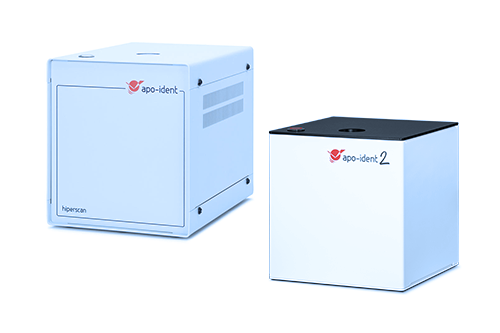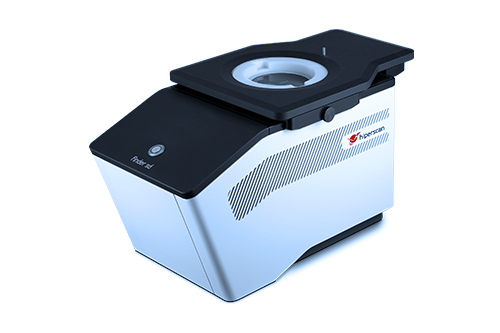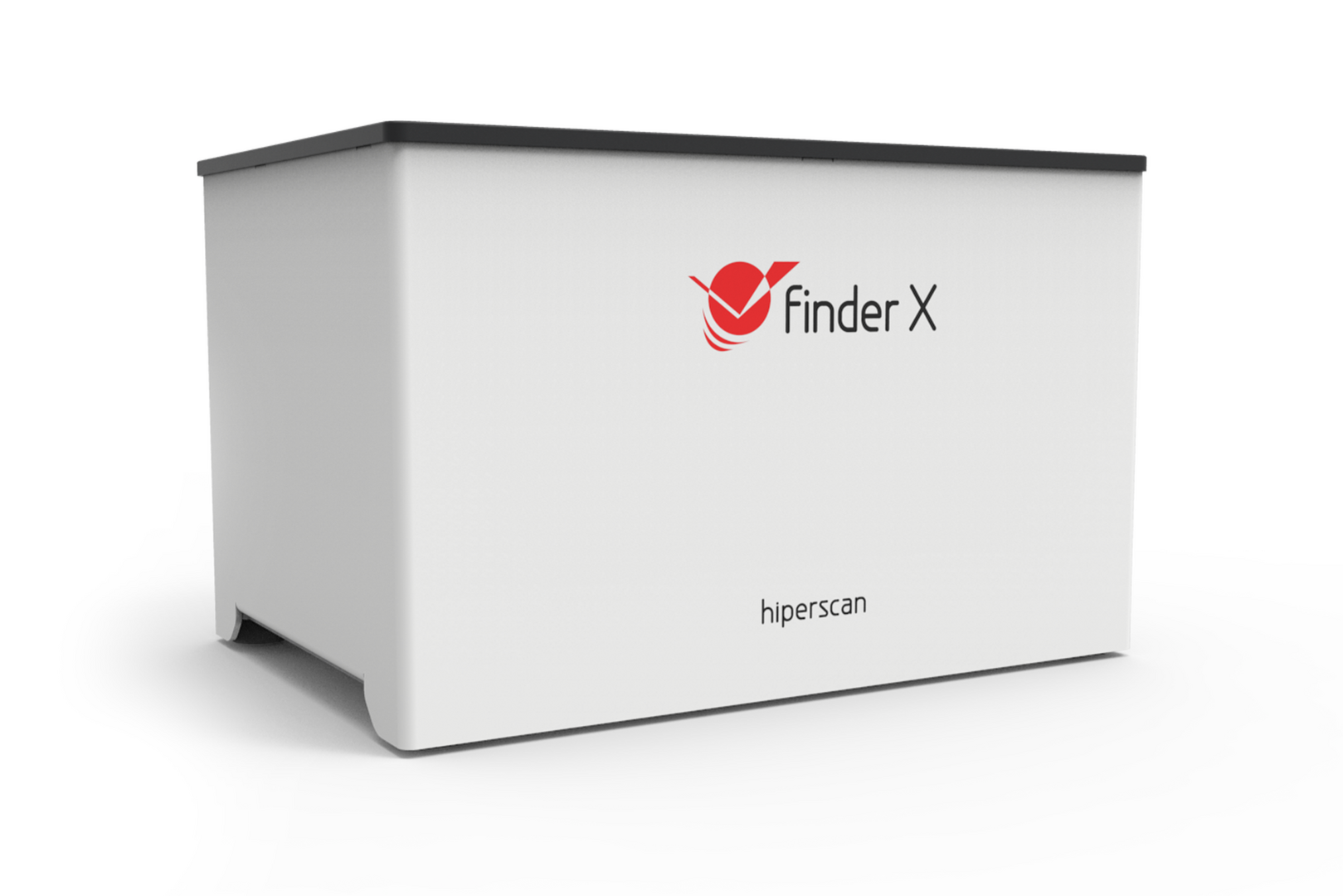Developed in the laboratory, proven in practice.
HiperScan's product range originates from research results at the "Frauenhofer Institute for Photonic Microsystems Dresden." We developed a method based on an opto-mechanical microsystem, that produces small, robust and cost-effective analyses. We take advantage of the properties of microsystems here, which have also made their way into daily life since the turn of the century. After all, they are what have made tyre and oil pressure sensors in cars, position, acceleration and rate sensors in smartphone or image transmitters in DLP beamers affordable, thereby bringing them onto the mass market. In combination with spectroscopic measurements in the near infrared range, we were able to develop analysis devices that are easy to operate and also deliver qualified and precise results.
MEMS - miniature devices on a computer chip
The acronym MEMS (micro-electro-mechanical systems) describes computer chips as it were, on which not only electricity flows but something moves as well. They are produced using microelectronics and therefore have the smallest dimensions. Individual components are just a few millimetres in length, but offer lots of advantages when it comes to reliability and functionality. The ultra-compact design spares resources during production and requires a fraction of the energy consumed by conventional macrosystems. Furthermore, wear, vibration sensitivity and inertia can be avoided completely. So there is a lot to be said about using MEMS. There is a chip of this kind in the heart of HiperScan's spectrometer as well.
NIR-spectroscopy - complex physics for easy measuring

NIR-spectroscopy (NIRS) is an analytical method that serves to identify and/or determine the structure of molecules. Electromagnetic radiation within the spectral range of 760 - 2500 nm plays a crucial role. This part of the spectrum is hidden from human perception because their wave lengths are above those of visible light. The name of this analysis method is derived from the proximity to infrared light: near infrared spectroscopy, often shortened as NIRS. The basis of it are physical interactions that occur between electromagnetic radiation and matter. Thus NIRS uses electromagnetic radiation to induce vibrations in certain molecular bonds. These movements cause the applied energy to be absorbed in the characteristic wave length ranges and softened thereby. This in turn has an effect on the spectral distribution of the intensity, which can be measured. NIR-active substances thereby emit a striking pattern which enables conclusions to be drawn about the molecular structure at hand.



